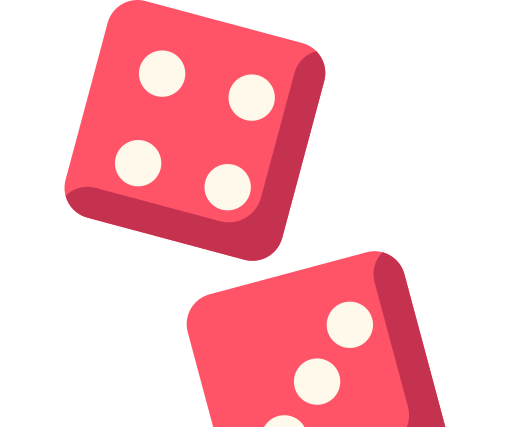Probability theory is a powerful business tool. It can be used to plan sales or the finished products volume, determine the target audience, collect site semantic core, determine product quality, human resource manage , etc.
Probability is an estimate of the event occurring possibility. Probability theory allows you to link random events into a mathematical model. A prime example is the insurance business.
Insurance is a business that is entirely based on the theory of probability. For example, many types of car insurance depend on the driving experience. Why is that? Because insurance companies have statistics. They have calculated from this that the probability of accident with experienced driver is several times less than driver who received a license yesterday.
Product quality assessment is another example of the use of probability theory. For example, recently produced TVs were tested in different way. One type of test were performed as follows. TVs were turned on and they worked without interruption. Gradually, some of the TVs broke down. Thus, it was possible to draw a conclusion about what percentage will fail in the first year of operation, in the second, and so on. Manufacturer’s guarantees must base on assessment of product quality.
You can calculate the probability from statistics. Statistics can be learned from past experience. Everything is clear here. But what if there is no data. For instance, you are planning to open a store, but you do not know which one: candy, grocery or a store with gifts. Sample comes to the rescue here. You need to do a random sample study and approximate this data. For example, study the needs of 100 single people, 100 young families with children and 100 retirees. You will get the preference of each group. You will get the preference of each group. Next, find out how many people live in your area and what group they belong to. For example, in your area there are new buildings with a large number of children. They need a store with milk shakes, which is rarely needed by the elderly because of health problems and by single people, since they, unlike children, are often watch them figure.
The accuracy of your calculation (business model) depends on the amount of data according to the law of large numbers. Namely, the more data you use for a model, the more accurate the model will be. Owner of candy stall took the summer season sales statistics for the future prediction. It is obvious that the data will not be enough, since the Christmas holidays did not be included in the statistics.
The probability can be represented as a graph. The normal distribution is shown in the figure.

It seems that all of nature is under the influence of a normal distribution (for example, a hole in the road in the form of a normal distribution). How can this be used in business? For instance, in women, the average foot size in region A is x inches (and this is the maximum value of the distribution function). Why would a store buy a batch of the same number of shoes of each size? It is very right do order according to a normal distribution, which can be constructed using, for example, a sample or an sales experience.
Your model should always be revised and updated with new data. For example, in early 2019, you made a forecast based on probability theory that your physical store will receive 40 percent more customers in 2020 and you need to increase the area. According to the collected statistics for 2018 and 2019, your calculations are absolutely correct, but already in March 2020, due to the pandemic, everything collapses. And now it is better to direct your money to the development of an online store. Any model requires data updates that takes into account specific factors.
With such simple examples it becomes clear that the theory of probability can be very useful in business.


MOST Popular
Advanced Analytics
Data Analysis for Manufacturing
Advanced Analytics
Digitalization of Small and Medium Enterprises
Management
What is PESTEL Analysis and Why it is Needed?
Advanced Analytics
Probability Theory for Business